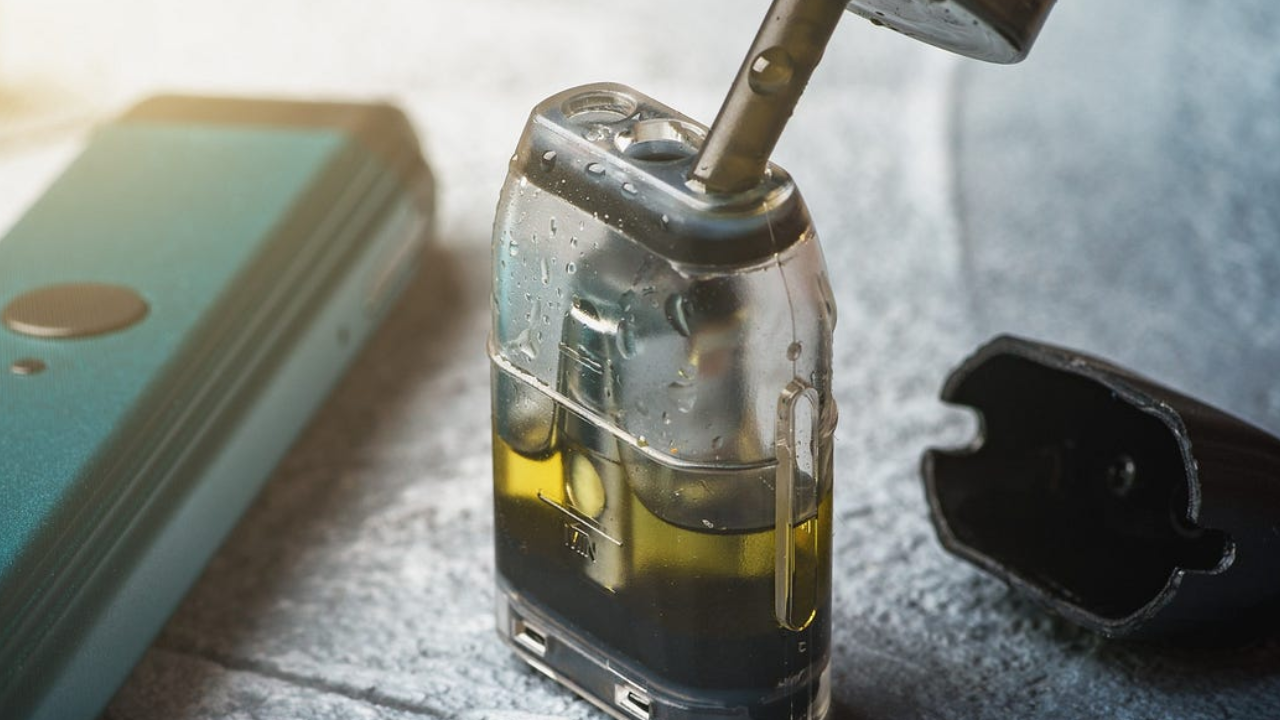Disposable vapes have developed as popular options for vapers who want convenience, portability, and simplicity. These single-use gadgets come with pre-filled e-liquid and an inbuilt battery, so there's no need to replenish or recharge. Disposable vapes are compact and lightweight, making them ideal for on-the-go vaping. They also require no maintenance or assembly. One of the main benefits of disposable vapes is their convenience.
Users just unbox the device, take off any protective covers, and inhale to activate the battery and generate vapor. When the e-liquid runs out or the battery dies, the gadget is thrown away in its entirety, removing the requirement for cleaning, coil changes, or battery replacement. The small size of disposable vape allows consumers to carry them in their wallets or purses. Disposable vapes are ideal for both novices and expert vapers looking for a simple vaping experience, as there are no buttons or settings to modify.
Environmental Factors That Can Interrupt the Functioning Of Disposable Vapes
The following are the factors that can interrupt the proper functioning of disposable vapes:
Temperature Extremes
Extreme temperatures, both hot and cold, can damage disposable vapes. High temperatures can lead to e-liquid leakage, coil degradation, and battery overheating, while low temperatures can cause e-liquid thickening, decreased vapor output, and poor battery performance. Disposable vapes are best stored at moderate temperatures to preserve their integrity and ensure constant functioning.
Humidity Levels
High humidity levels can cause moisture buildup inside disposable vapes, resulting in corrosion, faulty batteries, and electrical failures. Furthermore, excessive moisture might impair e-liquid viscosity and wicking, resulting in dry hits or floods. Disposable vapes should be stored in dry locations and not exposed to humid conditions to avoid moisture-related difficulties and ensure dependable performance.
Sunlight Exposure
Direct sunlight can harm e-liquid components and increase oxidation processes, resulting in flavor alterations, nicotine degradation, and lower vapor quality. UV radiation can also harm plastic components, causing discoloration, warping, and brittleness. Keeping disposable vapes out of direct sunlight and storing them in opaque containers or pouches helps to maintain e-liquid freshness and extend device life.
Dust and Debris
Dust, grime, and debris can build up on the exterior and interior components of disposable vapes, blocking airflow, clogging atomizers, and damaging battery contacts. Regular cleaning and maintenance help to minimize dust buildup and promote unobstructed airflow, resulting in maximum vapor production and flavor delivery. When not in use, disposable vapes can be protected with cases or covers to keep dust and debris at bay.
Air Pressure Changes
Changes in air pressure, such as those encountered during flight or altitude changes, can have an impact on the performance of disposable vapes. E-liquid leakage can result from low air pressure, while high pressure can cause vapor lock or trouble drawing airflow. Disposable vapes can be stored in sealed containers and allowed to gradually adjust to pressure variations, which can help reduce these difficulties.
Water Exposure
Accidental exposure to water or other liquids can permanently harm disposable vapes, resulting in short circuits, battery failure, and internal component corrosion. To avoid water damage, vapers should use caution while handling disposable vapes near liquids, avoid submerging devices in water, and quickly dry any spills or moisture.
Impact And Physical Damage
Dropping or mishandling disposable vapes can cause physical damage such as broken casings, bent components, or loose connections. Impact-related damage can reduce device functionality, jeopardize safety, and cause premature failure. Handling disposable vapes with care, avoiding hard usage, and utilizing protective cases or sleeves can help prevent damage and ensure their continuous use.
Chemical Exposure
Exposure to harsh chemicals or solvents can destroy disposable vape materials and components, resulting in deterioration, discoloration, or malfunction. Vapers should avoid using disposable vapes with cleaning chemicals, alcohol-based solutions, or other corrosive compounds. Cleaning disposable vapes with mild soap and water or specialized cleaning solutions made for vaping devices helps to maintain device integrity while preventing harm.
Final Words
Environmental conditions significantly influence the functionality and lifetime of disposable vapes. By identifying and managing potential interruptions caused by numerous causes, vapers may ensure that their disposable vape devices work optimally and reliably. Regular maintenance, correct storage, and careful handling methods are critical for protecting the integrity of disposable vapes and increasing the enjoyment of vaping.


